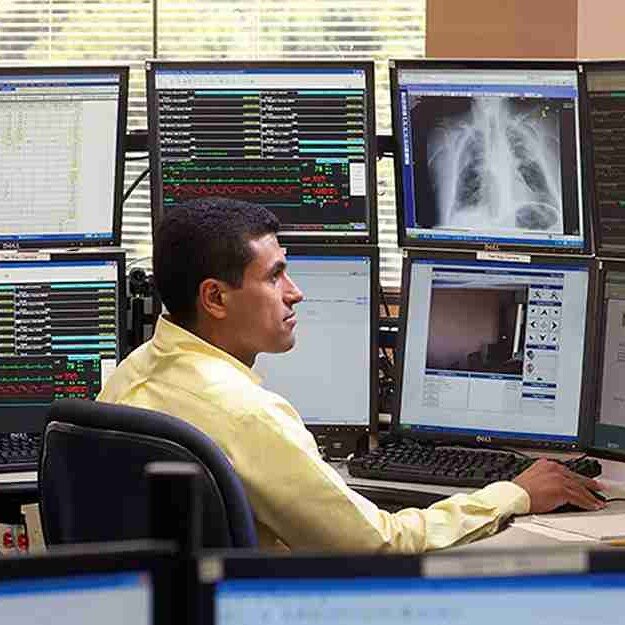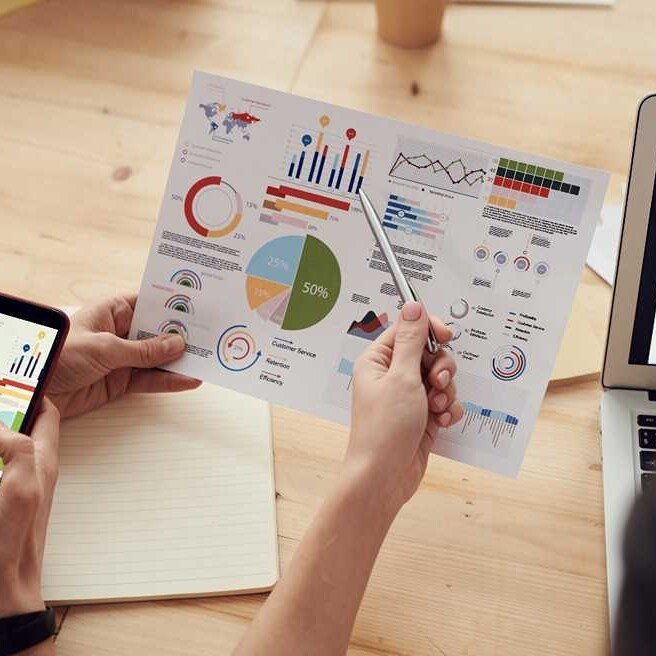1. Improved outcomes
The primary goal of health informatics is to make use of data to make improved data-driven decisions in providing patient care towards a better patient outcome and improved population health.
2. Reduced mistakes in health records
Electronic health record platforms have inbuilt measures that follow health data standards, hence helping physicians keep uniform, standardized patient records devoid of mistakes and improve individual patient treatment.
3. Better patient-physician communication
Telemedicine introduces ways for physicians to stay in touch with patients and provide remote care in real-time.
This provides baseline patient data that is used to improve their care and, thus, arrive at a better outcome.
4. Patient-treatment collaboration
Electronic health records provide better ways of managing health data than paper records ever will.
An example is how health professionals can collaborate on patient care effectively and quickly using a health provider’s platform, a platform that also processes the data to derive information to improve patient care.
5. Medical records
Health informatics helps health organizations securely keep proper patient records.
It also assists with patient administration during their care.
6. Medical research
Health information makes available needed quality health data for research into the course of diseases and their management, as well as improving patient care.
7. Professional training
Insight from reviewing health data provides teaching materials for health personnel, informing them of updated details of health conditions and their latest management.
8. Patient Education
Patients and the public at large can benefit from the information health providers derive from the processing of health data, boosting disease prevention.
9. Patient Participation
IoMT technology helps put the power of care in patients’ hands as they can participate in their care and self-monitor their health with the use of healthcare hardware and readily available gadgets, including smartphones and watches, that monitor them in real-time and thereafter relay their information to their health provider’s data management platform for further processing.
10. Lowered healthcare costs
Providing healthcare is expensive, and many inefficiencies and redundancies cost patients and providers money.
Data can help providers become more cost-efficient, resulting in savings based on patients.
Obisesan Damola
Damola is a medical doctor who has worked in the Nigerian healthcare industry for a little over 3 years in a number of primary, secondary, and tertiary hospitals. He is interested in and writes about how technology is helping to shape the healthcare industry. He graduated from the College of Medicine, University of Ibadan, the foremost medical training institution in Nigeria.



